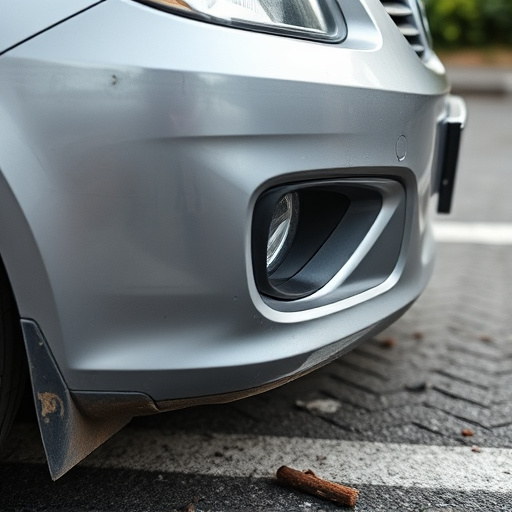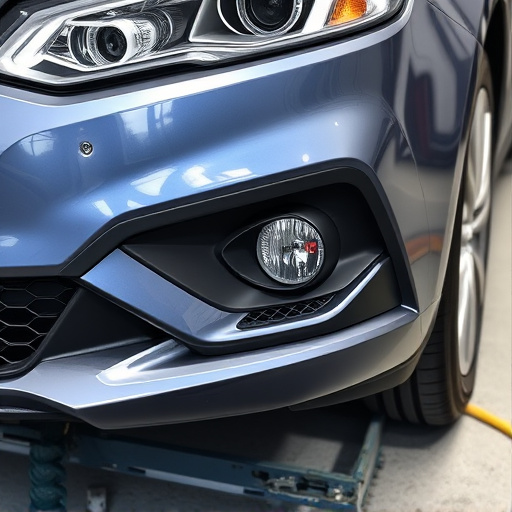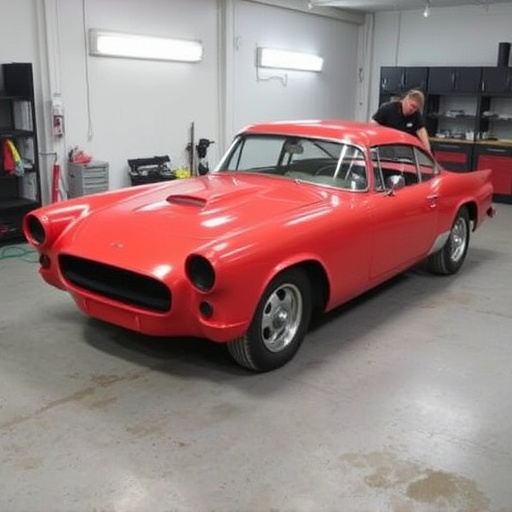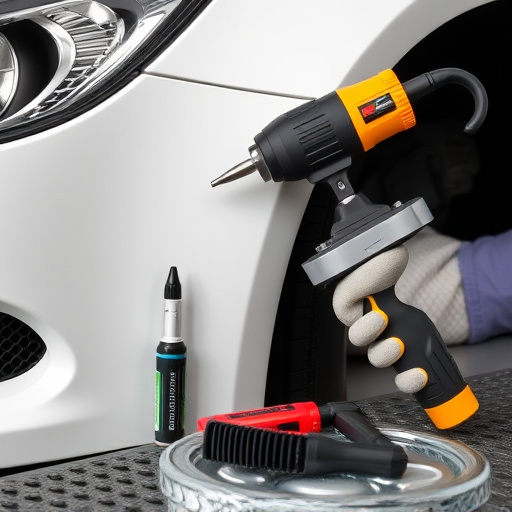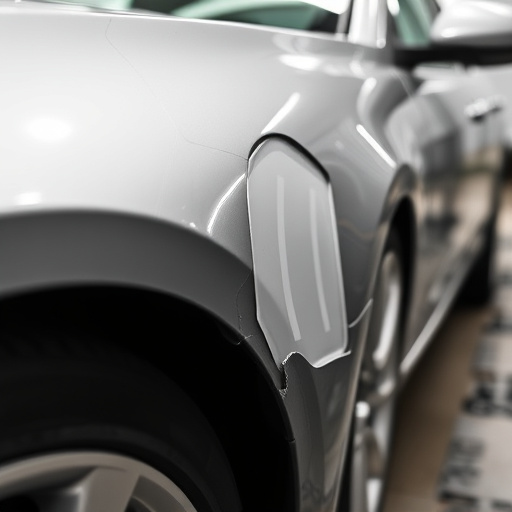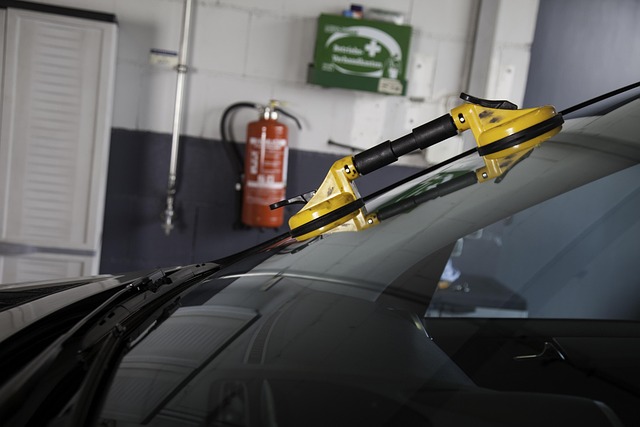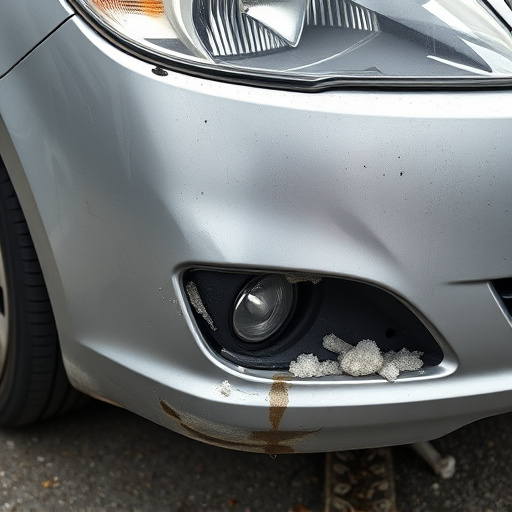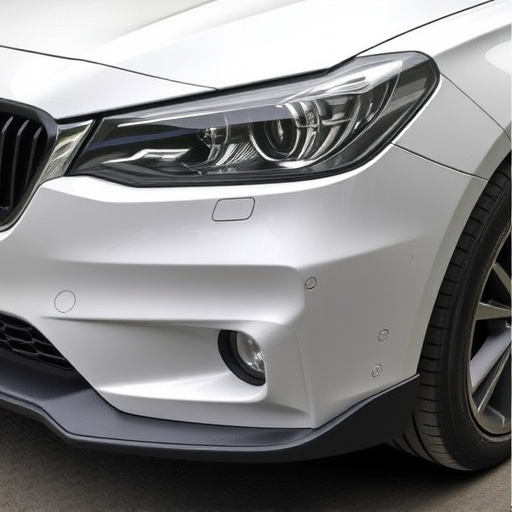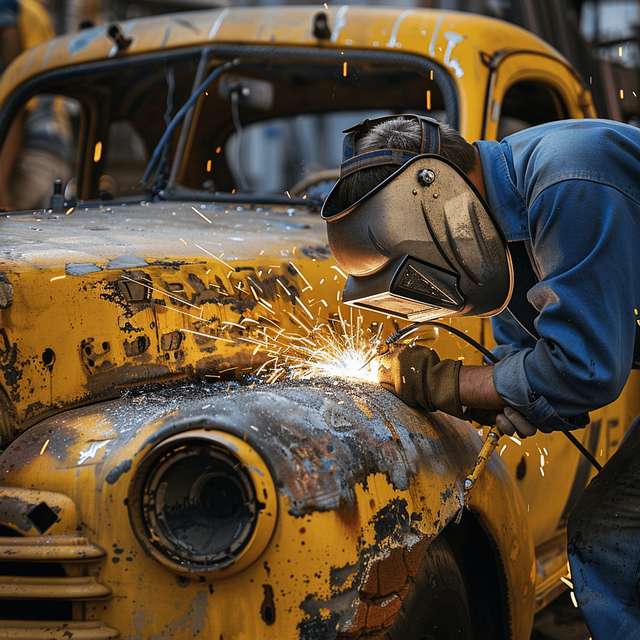Water-based paint collision repair methods offer environmental friendliness and fast drying times compared to solvent-based paints, ideal for fender repair and cosmetic fixes with turnaround times of 15-30 minutes per coat. Drying times vary based on temperature, humidity, and paint formulation, from initial touch dry in 30 minutes to full cure up to 24 hours. Optimizing processes through precise control of drying times enhances service quality and productivity in repair shops, benefiting both businesses and customers in the competitive automotive sector.
In the realm of automotive collision repair, water-based paint methods have emerged as a popular and eco-friendly alternative. This article delves into the intricacies of these innovative techniques, focusing on drying times—a key factor in efficient repairs. We explore two primary water-based paint collision repair methods, comparing their drying characteristics to help professionals optimize processes. By understanding these nuances, folks can ensure swift turnaround times while maintaining superior results, revolutionizing the industry with sustainable practices.
- Understanding Water-Based Paint Collision Repair Methods
- Drying Times: A Comparative Analysis
- Optimizing Repair Processes for Efficient Results
Understanding Water-Based Paint Collision Repair Methods
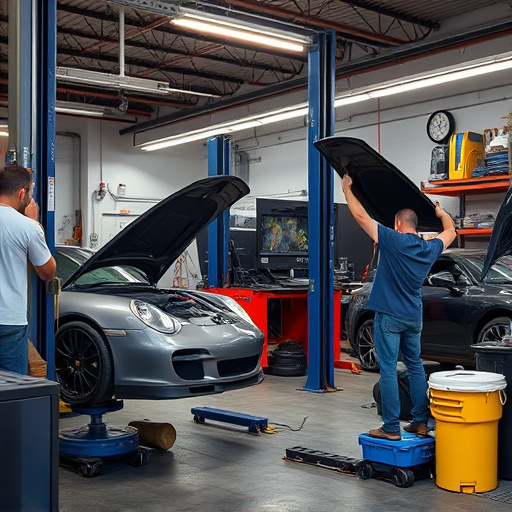
Water-based paint collision repair methods have gained popularity due to their environmental friendliness and fast drying times compared to traditional solvent-based paints. These techniques use water as a solvent, offering numerous benefits for auto repair near me businesses and DIY enthusiasts alike. The process involves applying layers of water-based paint, which quickly evaporates, leaving behind a durable finish. This method is particularly effective for fender repair and other automotive repair services, as it minimizes the risk of yellowing or cracking over time.
Understanding these collision repair methods is crucial when considering a quick turnaround for your vehicle’s cosmetic repairs. Unlike traditional paints that require specific environmental conditions for application, water-based paint can be applied in various settings, making it a convenient option for those seeking efficient fender repair solutions. Its fast drying times, typically ranging from 15 to 30 minutes per coat, ensure you get back on the road promptly.
Drying Times: A Comparative Analysis
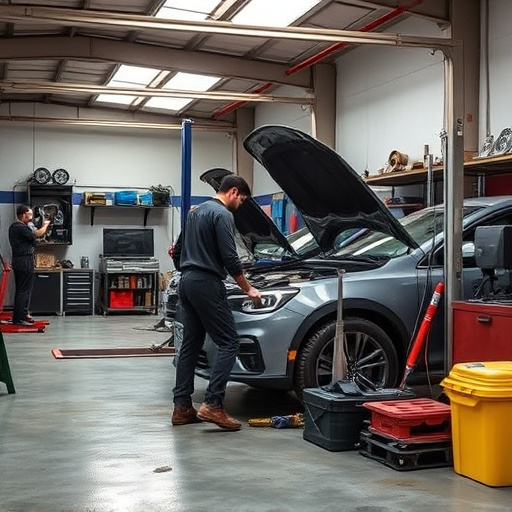
When it comes to drying times for water-based paint in collision repair, each method has its unique characteristics. In a well-ventilated car body shop, the process can significantly vary depending on several factors, including temperature, humidity, and the specific formulation of the water-based paint. On average, application and first dry to the touch can take around 30 minutes, but full cure times may extend up to 24 hours.
In contrast, other collision repair centers might employ faster drying techniques or specialized equipment to expedite the process. Car restoration enthusiasts who prefer water-based paints often appreciate these shorter drying times, which enable quicker turnaround for their vehicles. However, it’s crucial to remember that even with efficient methods, environmental conditions and paint composition play pivotal roles in determining the actual drying times during collision repair at any car body shop.
Optimizing Repair Processes for Efficient Results
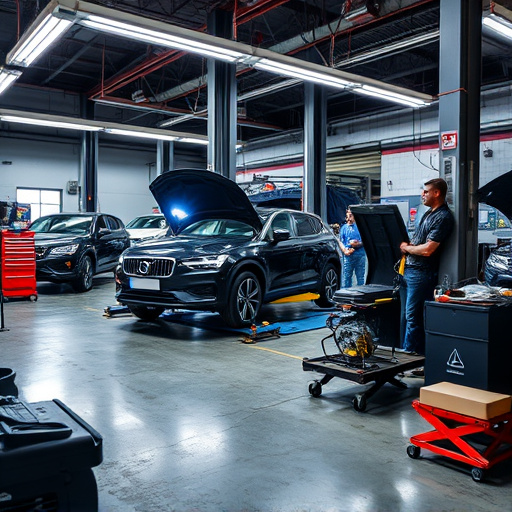
In the realm of water-based paint collision repair, optimizing repair processes is key to achieving efficient and high-quality results. This involves a meticulous understanding of various factors that influence drying times, such as the type of water-based paint used, environmental conditions (temperature, humidity), and the specific techniques employed during the application process. By meticulously controlling these variables, automotive repair experts can significantly streamline vehicle dent repair and bodywork restoration, ensuring faster turnaround times without compromising on the final finish.
Efficient drying times are not just about expediting the repair process; they also contribute to enhanced productivity in automotive repair shops. Optimized repair methods allow technicians to manage their workload more effectively, catering to a higher volume of vehicles while maintaining consistent quality standards. This, in turn, benefits both the repair shop and vehicle owners, fostering a reputation for prompt and reliable service within the competitive automotive repair industry.
In comparing drying times across various water-based paint collision repair methods, it’s clear that efficient processes significantly enhance productivity. By understanding the unique characteristics of each method and optimizing their application, collision centers can achieve faster turnaround times without compromising quality. This not only benefits businesses through increased capacity but also ensures satisfied customers receiving prompt, high-quality repairs. For professionals in the water-based paint collision repair field, adopting optimized techniques is a key step towards staying competitive and meeting modern demands.

